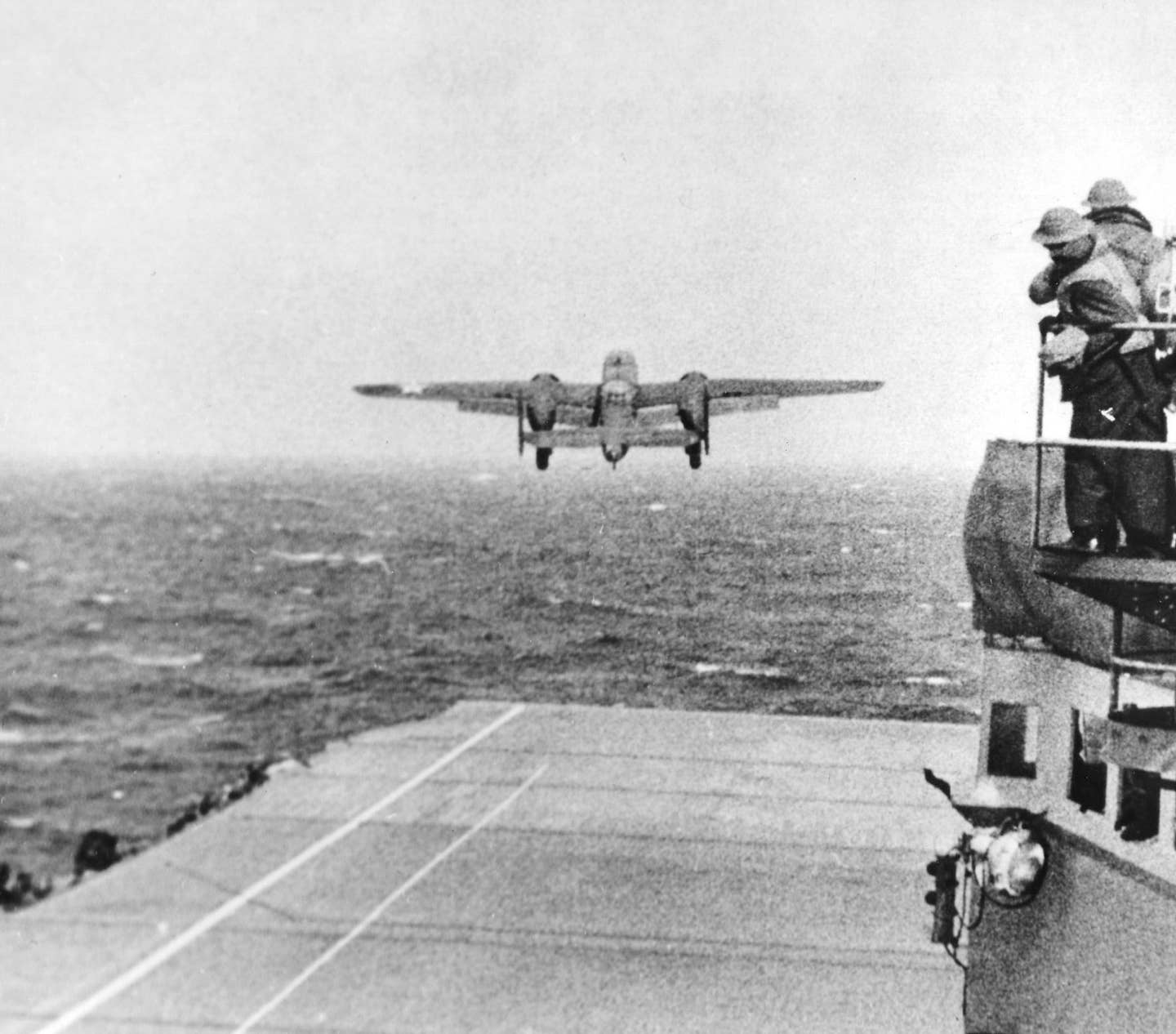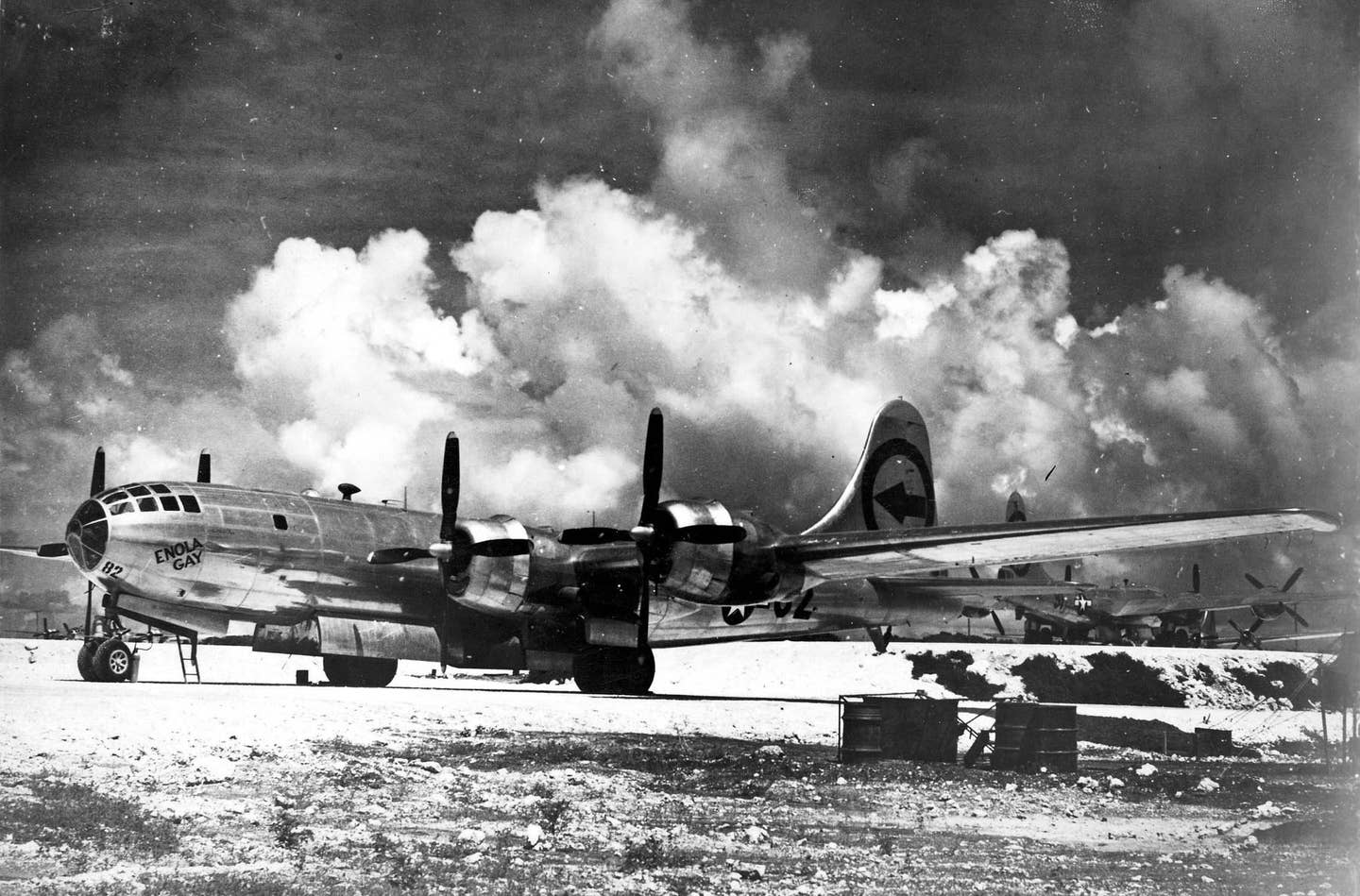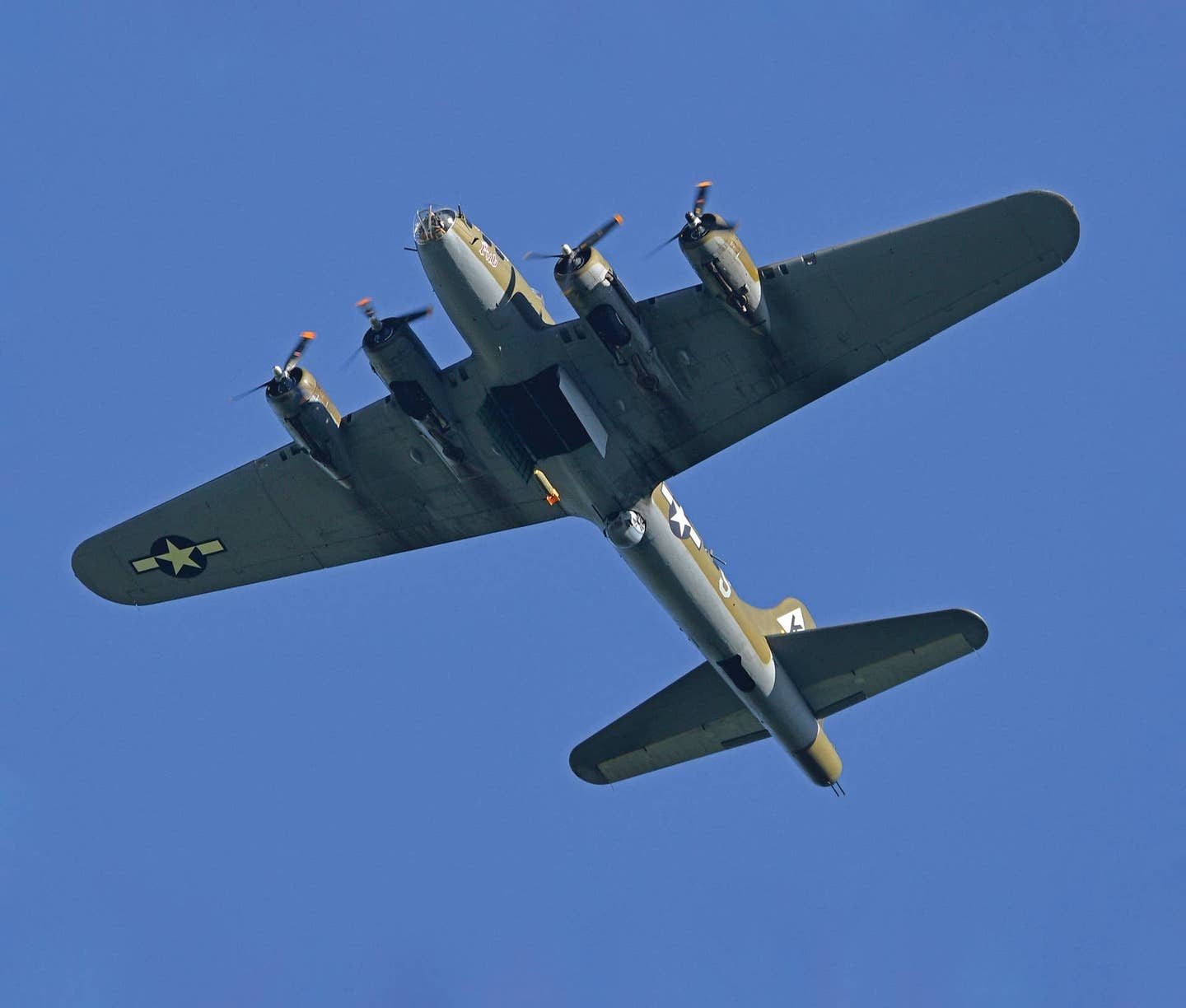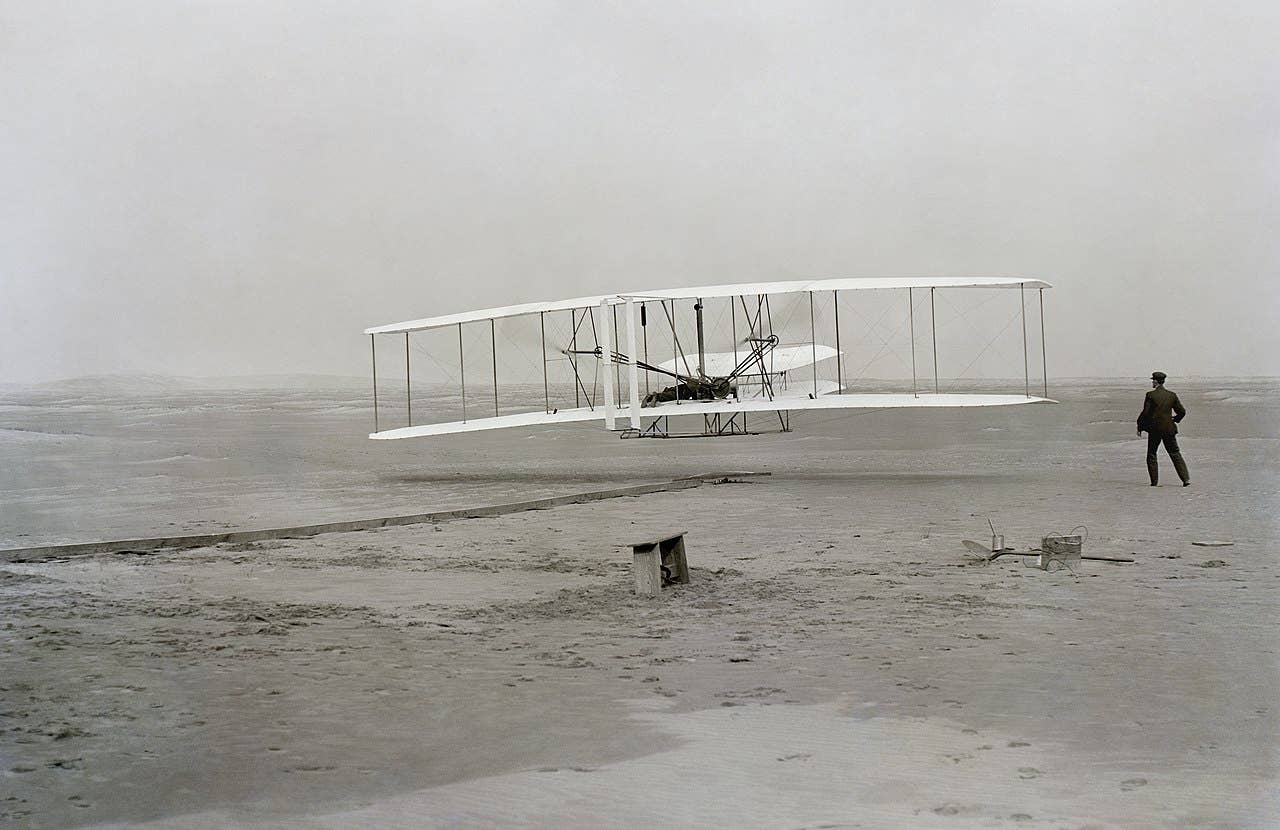Doolittle Raid on Tokyo, 81 Years Later
Bold mission entailed flying long-range B-25s from the deck of the USS Hornet

A B-25 Mitchell takes off from the deck of the U.S.S. Hornet on its way to bomb Tokyo during the Doolittle Raid. [Courtesy: The Museum of the United States Air Force]
Today marks 81 years since the United States, still struggling to regain its footing after Japan’s devastating attack on Pearl Harbor, hit back with the Doolittle Raid.
While the mission, officially called Special Aviation Project No. 1 but later named for its leader, Lieutenant Colonel James Doolittle, has long been considered more of a glancing blow in tactical effect than a solid counterpunch, its execution was an aviation feat that pilots can still appreciate.
When this anniversary rolls around, I typically re-watch segments from the 1976 or 2019 cinematic releases of Midway, or 1944’s 30 Seconds Over Tokyo. The earlier films include War Department footage of the actual mission and I never get tired of watching B-25 Mitchell bombers lifting off from a carrier deck. The takeoff roll was as little as 300 feet, according to the Museum of the United States Air Force, which has an exhibit honoring the raid.
Testing the STOL capabilities of a medium bomber was one on a long list of challenges that Doolittle and his all-volunteer crews faced. They also had to navigate at low altitude over water in poor weather, knowing their tight fuel supply left little room for error. And Tokyo was a particularly daunting target.
Doolittle was cut out to lead a mission that many considered impossible. He had enlisted in the Army, trained as a flying cadet, and received his commission during World War I. He became a main character in aviation’s Golden Age with record-setting flights and innovation. During the late 1920s and early 1930s he won the Thompson, Bendix, and Schneider trophies for air racing. He made the first “blind” flight in 1929 to demonstrate the practicality of flying on instruments. After leaving the military in 1930, he returned to active duty 10 years later with the increased probability of war.
After successfully flying difficult, sometimes deadly aircraft like the Gee Bee R-1, the notion of an ocean-skimming bombing run on the Japanese homeland might not have seemed too difficult to Doolittle. However, his superiors felt his exploits reflected “conspicuous leadership above the call of duty,” and awarded him the Congressional Medal of Honor.
To learn more about the Doolittle Raid, the Air Force Museum, is a good starting point. For fans of vintage cinema I recommend 30 Seconds Over Tokyo, starring Spencer Tracy as Doolittle, which is still among my favorite aviation films.

Sign-up for newsletters & special offers!
Get the latest FLYING stories & special offers delivered directly to your inbox






